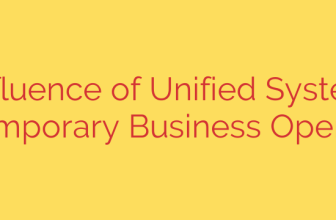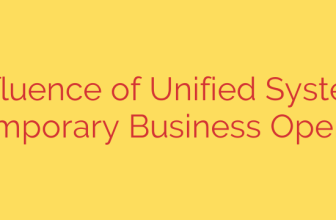
The Hidden Danger in Your Solar System: Why “Compatible” Connectors Are a Ticking Time Bomb
The global shift to solar energy is a monumental success story. As photovoltaic (PV) systems become more common on rooftops and in large-scale solar farms, the focus is often on panel efficiency and inverter technology. However, a critical component is frequently overlooked: the electrical connectors that link every part of the system together. A growing trend of using counterfeit or mismatched “compatible” connectors is creating a silent but significant threat, jeopardizing safety, performance, and financial returns.
While saving a few cents on a connector may seem like a smart business decision, the long-term consequences can be catastrophic. Understanding the risks associated with improper PV connections is essential for every installer, developer, and system owner.
The Myth of “MC4-Compatibility”
The term “MC4-compatible” has flooded the market, suggesting that connectors from various manufacturers can be safely mated with original MC4 connectors or with each other. This is a dangerous misconception.
True compatibility is more than just a physical fit. It requires identical design tolerances, materials, and manufacturing quality. When you connect components from two different manufacturers—a practice known as cross-mating—you introduce dangerous inconsistencies.
Even if the connectors click together, microscopic gaps and material differences can exist. These imperfections are invisible to the naked eye but become major failure points under real-world conditions like temperature fluctuations, humidity, and vibration. Major electrical codes and safety standards, including the National Electrical Code (NEC) and International Electrotechnical Commission (IEC) standards, explicitly forbid the practice of connecting different brands.
The Severe Consequences of a Bad Connection
Cross-mating PV connectors isn’t a minor technical foul; it’s a direct threat to the integrity of the entire solar asset. The risks fall into three critical categories:
- Extreme Safety Hazards: The most immediate danger is fire. Imperfect connections create high electrical resistance, leading to overheating. Over time, this can cause electrical arcing, which is essentially a small lightning strike inside your connector. This arc can melt the connector housing, ignite surrounding materials, and lead to a devastating fire that can destroy the entire system and adjacent property.
- Significant Performance Degradation: A poor connection is an inefficient connection. The increased resistance from mismatched components leads to significant power loss and reduced system efficiency. This means the solar array produces less energy than it was designed for, directly impacting the financial return on investment. What starts as a minor voltage drop can worsen over time, crippling the output of an entire string of panels.
- Financial and Legal Nightmares: When a system fails due to mismatched connectors, the finger-pointing begins. Manufacturer warranties are almost always voided if their components are mated with those from another brand. This leaves the installer or owner responsible for the full cost of diagnostics, repairs, and replacement components. Furthermore, in the event of a fire or accident, the use of uncertified, cross-mated connectors can create immense legal liability for the installer and asset owner.
How to Protect Your Solar Investment: Actionable Best Practices
Ensuring the long-term safety and bankability of a solar project requires a commitment to quality down to the smallest component. Follow these essential guidelines to mitigate the risks of connector failure.
Insist on a Single, Certified Manufacturer.
The most crucial rule is to never mix connector brands. Both the male and female ends of every connection must come from the same original manufacturer. This guarantees perfect mating, material consistency, and adherence to certified safety standards.Verify Third-Party Certifications.
Look for official certification marks from reputable bodies like Underwriters Laboratories (UL) or the IEC. These marks indicate that the components have undergone rigorous independent testing for safety, durability, and performance. Do not rely solely on a manufacturer’s self-declared claims of “compatibility.”Train Your Installation Teams.
Proper education is the first line of defense. Ensure that all installers and technicians understand the dangers of cross-mating and are trained to identify and use only certified, single-source connectors. This includes proper tool usage and torque specifications to ensure a secure and weather-tight seal.Document Your Components.
Keep meticulous records of all components used in a project, including the brand and model number of the PV connectors. This documentation is invaluable for warranty claims, insurance purposes, and troubleshooting down the line.
Ultimately, the connectors are the central nervous system of a solar array. Compromising on their quality introduces a weak link that threatens the entire investment. By prioritizing certified, single-source components, you are not just ensuring compliance—you are safeguarding the asset, protecting personnel, and securing the long-term financial viability of your solar project.
Source: https://datacentrereview.com/2025/10/addressing-a-strategic-and-economic-challenge-on-a-global-scale-whitepaper-by-staubli/








